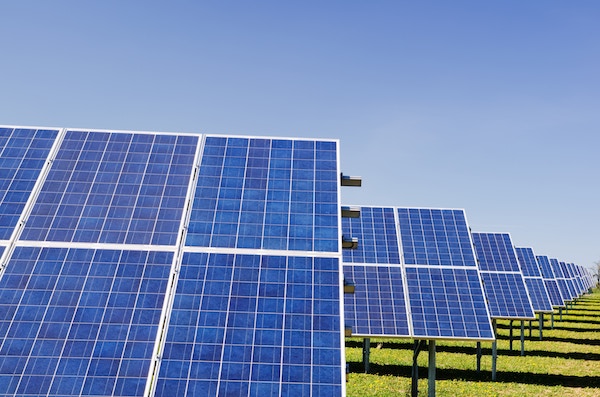As a start to Earth Week, Dane County leaders released their Climate Action Plan on Monday, April 20.
The plan charts a way forward for the county to meet carbon reduction goals and prepares the county for the impacts of climate change in a way that creates economic opportunity, builds social equity, and protects public health.
This effort is led by the Dane County Office of Energy and Climate Change, which was formed by County Executive Joe Parisi in 2017. The release of the Climate Action Plan, or CAP, is just the latest—and perhaps most comprehensive—effort by the county to address climate change, which has been a top priority for Parisi for many years.
The CAP uses six guiding principles, from economic and environmental benefits to improving social equity and bridging the urban-rural divide, to make a number of recommendations for ways Dane County can mitigate carbon emissions and improve climate resiliency across a wide range of categories, including transportation, buildings, water, and finance.
While the Trump Administration has ignored the realities of climate change, instead propping up the fossil fuel industry and pulling out of the Paris Climate Accord, local cities, towns, school districts, and counties around Wisconsin have taken it upon themselves to tackle climate change however they can. Dane County has been a state leader in this effort and in many ways has shown other communities around the state how to move forward on climate policies at the local level.
“While Dane County certainly can’t prevent climate change from occurring across the globe, we can do our part and make a significant contribution to decarbonization,” said County Executive Joe Parisi in an interview with Clean Wisconsin. “Not only through what we’re able to do here, but through the example we can set, and the information we can share with other municipalities and counties and states on what they can do.”
“We need to take control of the situation on a local level, band together with other cities and counties and states, and move the needle on this,” Parisi said. “And we can. We can do a lot.”
But providing guidance to local governments is only part of the story. Given their size, counties can often do more than towns or cities; the policies and measures counties enact can often be a test case for how states can tackle issues surrounding climate change. As the Governor’s Task Force on Climate Change moves forward with its work this year to put forth statewide recommendations on carbon reduction and climate resiliency measures, as part of the governor’s effort to move the state to be carbon-free by 2050, Dane County leaders will play a major role in using their experience and knowledge to shape what the state Task Force ultimately recommends.
Certainly, the things a local government can do can have an immense impact on how a community not only addresses the sources of climate change, but also reduces the impacts we’re bound to feel.
For instance, Dane County also announced this week a purchase of land east of Madison to develop yet another solar array—several times larger than the one currently being constructed at the Dane County Regional Airport. When completed, it would be the largest municipal-owned renewable energy project in the state and would make the county government’s energy use 100 percent renewable.
Dane County also has made other major land purchases—perhaps most notably at the headwaters of Black Earth Creek in Middleton—to preserve important wetlands that can help reduce flooding for downstream communities like Mazomanie and Cross Plains, both of which were hit hard by historic flooding in 2018.
The benefits of the land purchases extend beyond environmental health, but also can help water quality and provide economic benefit in the form of protection from damaging floods, not to mention recreational opportunities for area residents.
While the CAP doesn’t layout a specific roadmap for how the County will get to 100% carbon neutrality by 2050, like any good plan, it’s written as a working document that guides efforts. Surely, there are things that will need to be updated and added to help guide future actions.
But a plan doesn’t replace the work that needs to be done to make the goals outlined possible. That work begins now, and Dane County is clearly eager and willing to get that work underway. In fact, they’ve been doing important clean energy and climate resilience work for years, and future work adds to those important and meaningful actions.
As a member of the Dane County Climate Task Force, Clean Wisconsin looks forward to continuing our work with the Dane County Office of Energy and Climate Change to bring the CAP to life.

